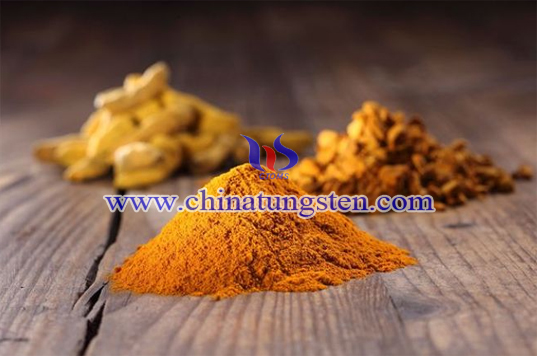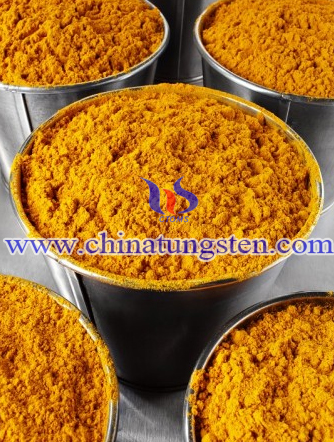Tungsten Oxide/Graphene Composites
- Details
- Category: Tungsten Information
- Published on Tuesday, 13 March 2018 08:41
Graphene is a two-dimensional planar material with a six-membered ring structure. Its unique electronic structure and atomic structure have made graphene a widespread concern in the field of gas sensors such as tungsten oxide sensors. Semiconductor materials produced by compounding graphene and tungsten oxide have excellent optical, electrical, and mechanical properties.
Tungsten oxide/graphene composites have important application prospects in materials science and energy. It is a revolutionary material in the future. Graphene powders are produced by a mechanical peeling method, an oxidation reduction method, or the like.
A simple ultrasonic method was used to dope nitrogen into graphene. The tungsten oxide/nitrogen doped graphene composite was prepared by sol-gel method. The material exhibits good gas-sensitivity to nitrogen dioxide at room temperature, sensitivity to nitrogen dioxide of body is 166%, and good repeatability.

Tungsten oxide/graphene has better selectivity for various interfering gases. This phenomenon is mainly due to the presence of newly formed carbon-nitrogen bonds in the tungsten oxide/graphene composite gas-sensing material after nitrogen doping. It can increase the defect content of the material itself and increase the conductivity. Therefore, it exhibits better gas sensitivity. Graphene-coated tungsten oxide can be obtained by sol-gel method. The gas-sensitive layer has a certain response to nitrogen dioxide at room temperature and shows good sensitivity and selectivity to nitrogen dioxide.

- Tungsten Oxide Manufacturer & Supplier, Chinatungsten Online: www.tungsten-oxide.com
- Tungsten News & Prices of China Tungsten Industry Association: www.ctia.com.cn
- Molybdenum News & Price: news.molybdenum.com.cn
- Tel.: 86 592 5129696; Fax: 86 592 5129797; Email: sales@chinatungsten.com



 sales@chinatungsten.com
sales@chinatungsten.com